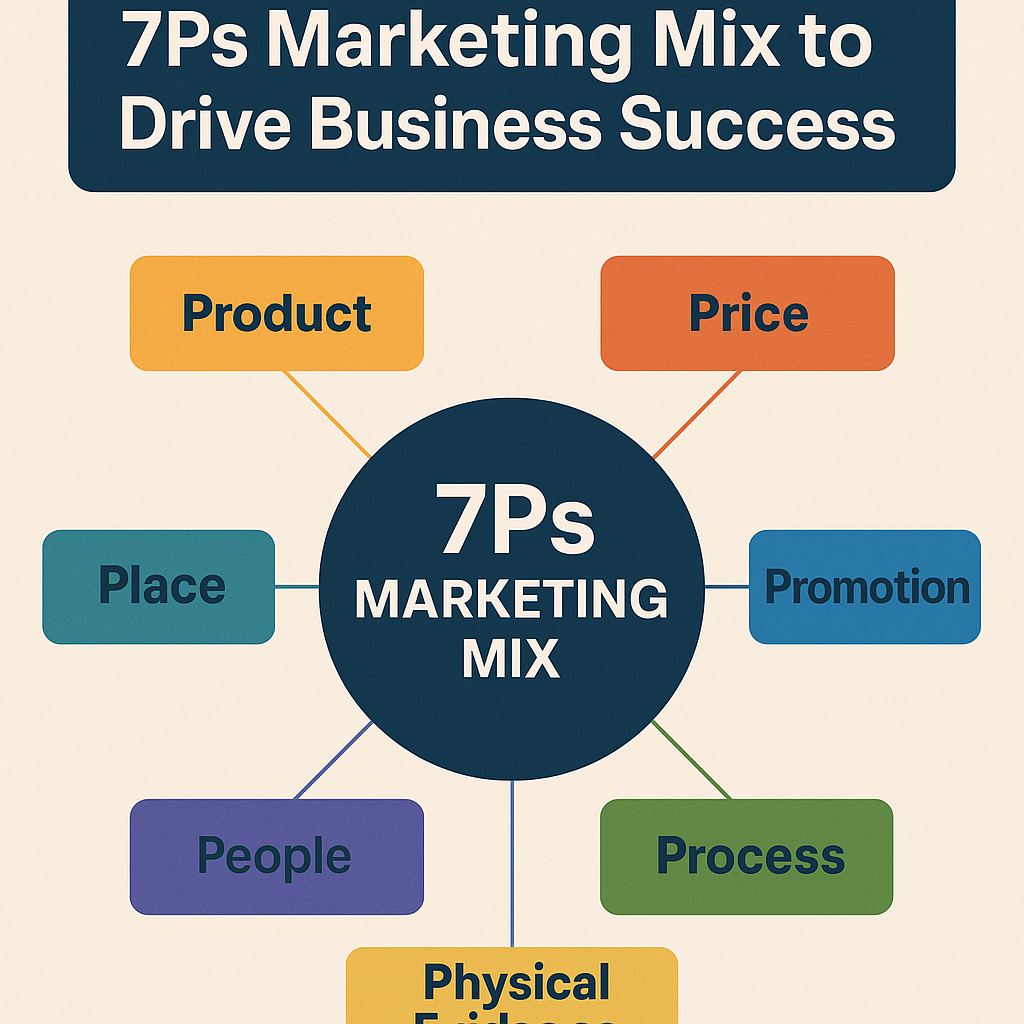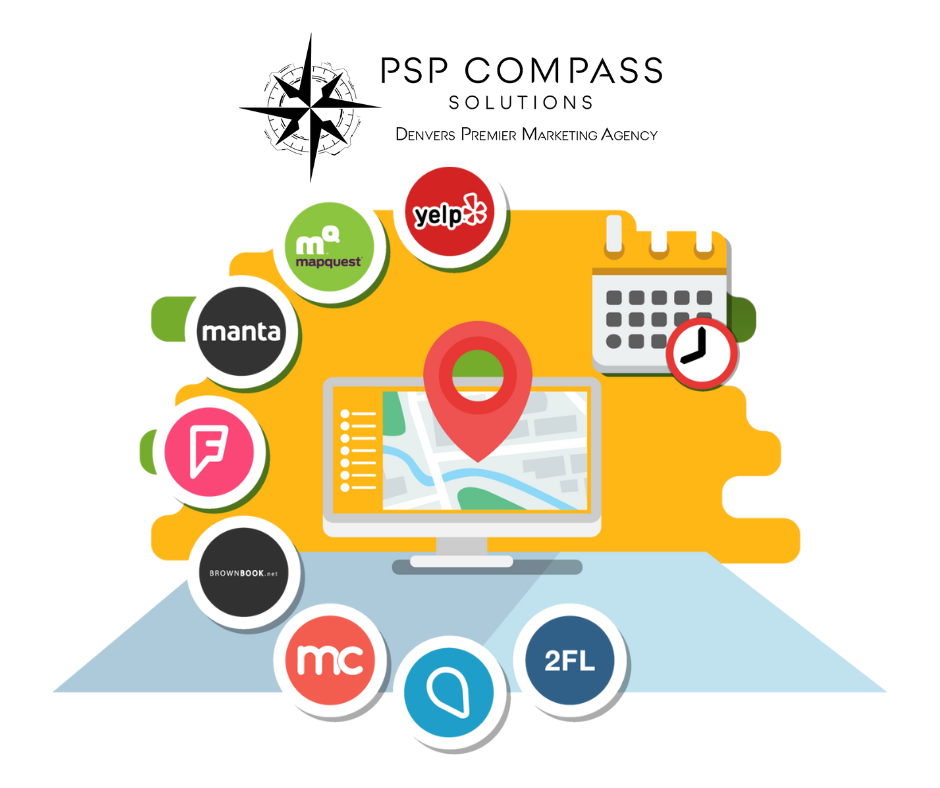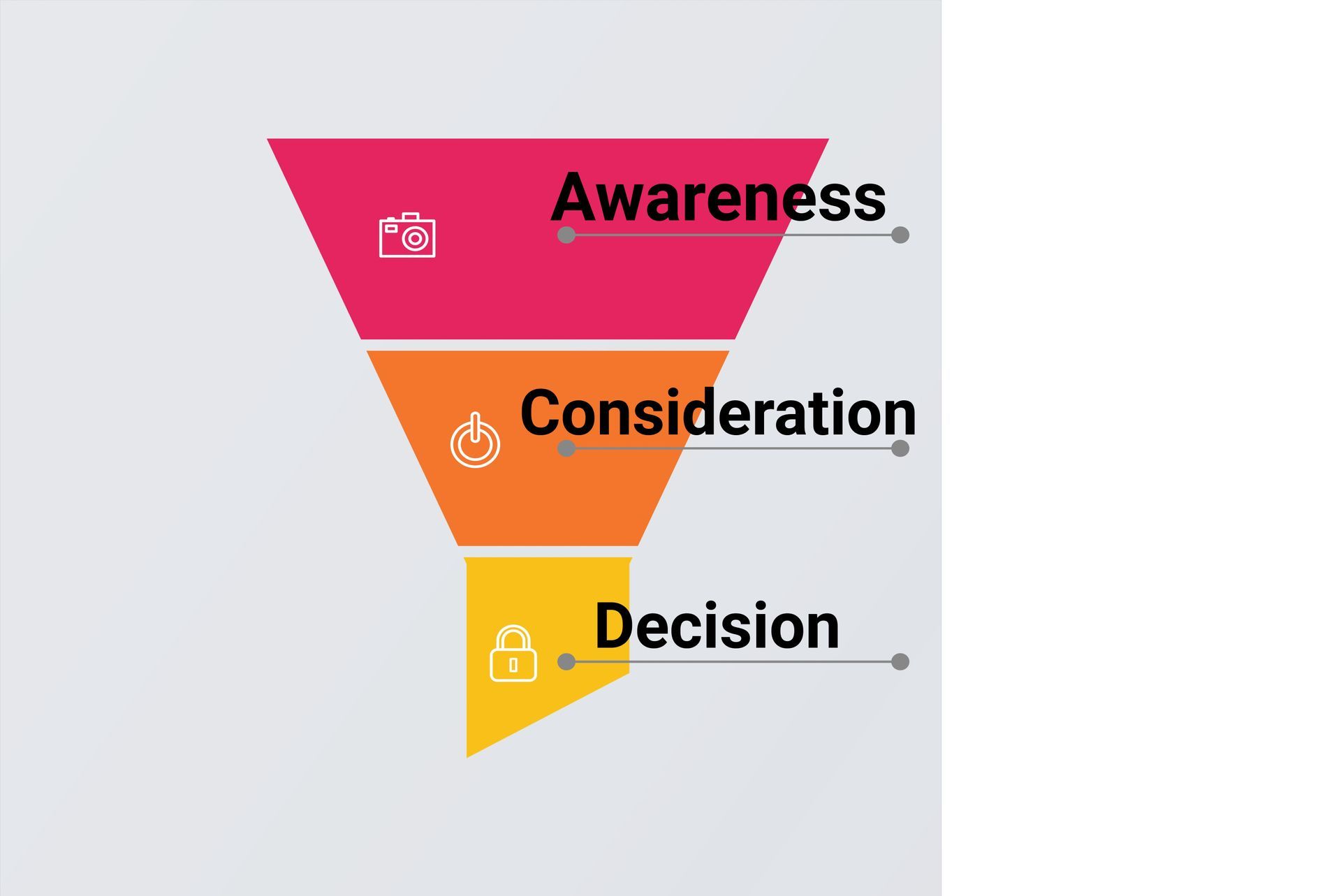Maximizing Impact: Harnessing Content Audits to Supercharge Your Marketing Strategy

Introduction:
Want to skyrocket the performance of your content? Start with a content audit. In the fast-paced world of digital marketing, understanding the strengths and weaknesses of your website's content is not just beneficial; it's essential. Let's demystify what content audits are and why they're crucial for every content marketer, especially in the dynamic space of content marketing in Denver.
What Is a Content Audit?
A content audit is a thorough examination of all content on a website, such as blog posts, landing pages, and more. It's the process of deciding which content needs updating, consolidation, deletion, or fresh creation. Think of it as a health check-up for your website's content.
Why Are Content Audits Important?
According to Semrush's 2023 State of Content Marketing Report, 61% of marketers conduct content audits at least twice a year. Why? Because audits help you understand content performance, identify gaps, and make informed decisions to align your content with your business goals. Plus, they're key to enhancing SEO by removing duplicate or outdated content.
For instance, a Denver-based outdoor gear company discovered through an audit that their blog on hiking tips, though popular, had outdated safety advice. Updating this content not only improved user experience but also boosted their SEO ranking.
Step 1: Define Your Goals and Metrics
Setting clear goals is crucial for a successful audit. Are you looking to improve SEO, increase engagement, or boost conversions? Each goal requires different metrics for measurement.
For example, a Denver café improved its SEO results by identifying and updating old blog posts about coffee trends, which led to a significant increase in organic traffic and customer engagement.
Step 2: Take an Inventory of Your Content
Before diving into data, decide what content types to review – from blog posts to landing pages. Use tools like Screaming Frog for larger sites to automate this process. A Denver tech startup used this method to categorize hundreds of their blog posts efficiently, making the audit process smoother.
Step 3: Collect and Analyze Data
Gather data from tools like Google Analytics and Semrush to understand traffic, engagement, and conversions. A Denver marketing agency, for example, used Google Analytics to identify which of their case studies had the highest engagement, helping them focus on similar content for future projects.
Step 4: Draw Up an Action Plan
Based on your audit findings, prioritize actions that align with your business goals. For instance, a Denver-based clothing retailer found that their product description pages had low engagement. They prioritized rewriting these pages to be more engaging and informative, leading to an increase in online sales.
Step 5: Adjust Your Content Marketing Strategy
Use your audit findings to steer your content strategy in new directions. If something works, do more of it; if something doesn’t, reassess and adjust. A Denver health blog, for instance, shifted its focus to more video content after discovering that their video posts had higher engagement than text-only content.
Content Audit FAQs:
Address common questions such as the frequency of audits, tools to use, and how to involve different stakeholders in the process. For example, a Denver-based B2B company involved its sales team in the content audit process to ensure the content aligned with customer queries and sales goals.
Conclusion:
In the dynamic world of content marketing, regular content audits are like having a roadmap – they guide you to where your content needs to go. By understanding and implementing these steps, you can ensure your content not only resonates with your audience but also drives your business objectives. So, roll up those sleeves, and let's dive into your next content audit with confidence!
Today's Challenge:
Next time you're gearing up for a content audit, remember these steps and insights. By keeping these strategies in mind, you're well on your way to crafting content that not only attracts but also converts and retains your audience.
Share this Blog Post on Social Media















